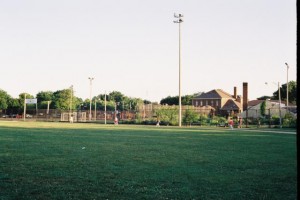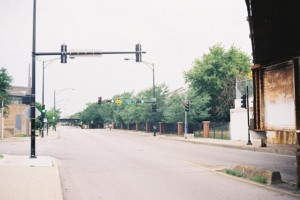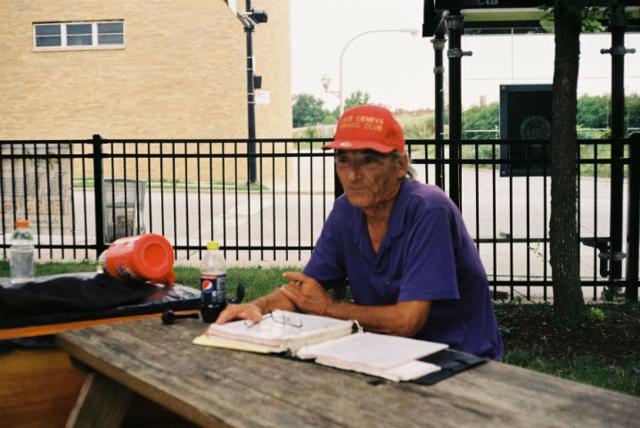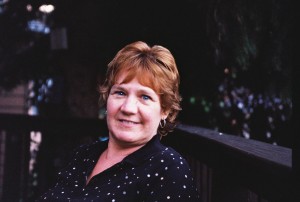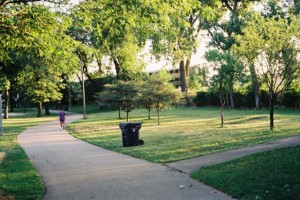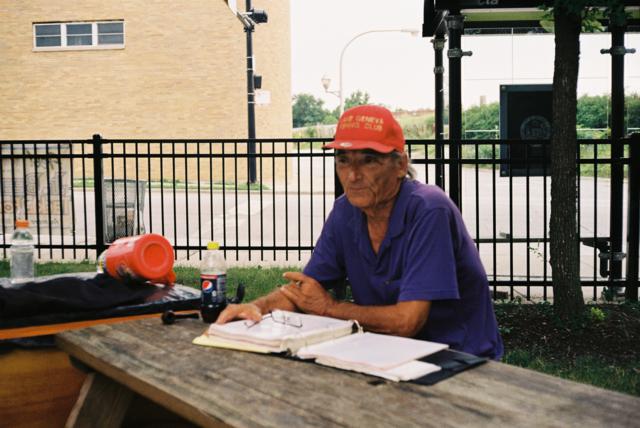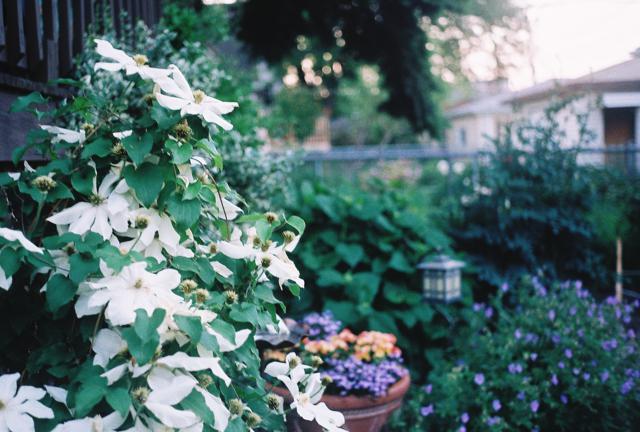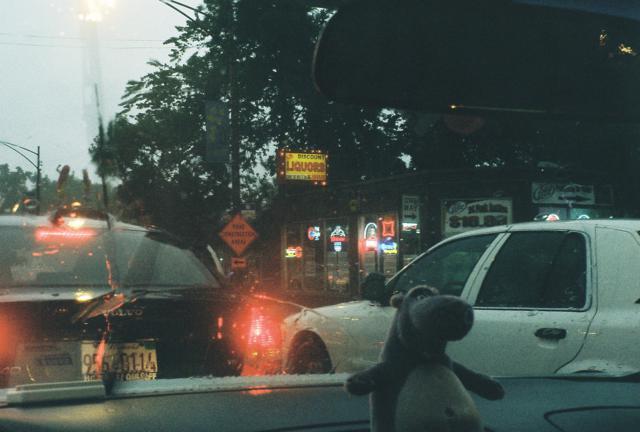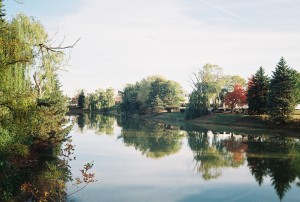This is my review for a like new Yashica Lynx 1000 that is over 50 years old. To be brief, if you can purchase it at a good price and it works, enjoy. It’s a nice rangefinder.
Here’s a taste of what a Yashica Lynx 1000 can do with ASA 200 speed film.
Yashica Lynx 1000 Technical Details
Most of what I have learned about the Yashica Lynx 1000 has come from someone I’ve never met: Yashica Guy. Read what he has to say about the Yashica Lynx 1000.
First made in 1960, the Yashica Lynx 1000 runs off of its own power. There’s a power source towards the top of the camera (I think it’s selenium). As a kid I was fascinated with solar batteries, so its no surprise I wanted a camera that kind of uses a solar battery, the Lynx 1000.
Yashica Guy tells us that the camera has a Copal SV shutter. I’m not sure what that really means. But to me it means that the shutter is quiet. You could easily use this indoors and nobody would hear the shutter. A nice advantage.
The aperture ranges from a max of 1.8 to a tiny f22. I’m still new at this, and maybe you are also. The large 1.8 aperture means you can take photographs in less light than some other cameras. The f22 or tiny aperture means you can experiment with depth of field and producing photos with nice bokeh.
Read what Yashica Guy has to say about the Yashica Lynx 1000. He’s the best source that I know of regarding Yashica rangefinders.
Provenance or History
Sorry, I don’t know where it’s been. Purchased it in June 2011 from eBay for $22 plus shipping. It looked good in the photos and I had reason to believe the camera might be in good condition.
Purchasing from eBay is always a risk. If someone goes into technical detail about the condition of their film camera, you have an expectation that it’s a good camera. And, the ultimate price will be higher (others are reading what you are reading).
Some sellers just say: “I don’t know cameras. Buy the camera as is.” In that case, you might get a bargain or a bust on eBay or other places.
So no fancy provenance on this camera, just a short history. It’s from eBay.
My Repairs for the Yashica Lynx 1000
I was pretty excited when the camera arrived via USPS. Beautiful lens, shutter and apertures worked correctly, meter responded to light differently as expected. But then I put in a test roll of film (I always “fake” shoot a roll of expendable old film to test film transport).
The film does not advance. The film advance lever feels smooth as silk, but the film does not coil or advance as it should. I researched the problem on the Internet, found a few possible fixes, but I felt hesitant in tearing down a beautiful old film camera.
I took it to my camera repairman Mr. Lee. He seemed impressed to see a Yashica Lynx 1000.
$50 for a CLA: clean, lubrication, and adjustment. Also, Mr. Lee my repairman fixed the film advance so it works. Also, holding the camera I had accidentally pressed in on the rangefinder window and it had collapsed a bit. I guess the cement was old. Mr. Lee took care of that problem also.
Morning Strolls with the Yashica Lynx 1000
I take photographs on morning strolls in my Chicago neighborhood. You might want to read my article, am I a good photographer where I write in great detail about a stroll with my Yashica Lynx 1000.
Nice features of the Yashica Lynx 1000.
- It just feels good. It has a nice weight and a nice balance to it.
- There’s absolutely no camera shake at lower speeds.
- It’s forgiving. I shot the first half of my ASA 200 roll of film with the camera set at ASA 100. I thought the photos would be ruined. The photos were fine, the camera forgiving.
Some trouble with bright horizons (half bright, half dark) as you might find in a park. But these exposure problems were photographer related.
Will I use the Yashica Lynx 1000 Again?
You bet. I had the Yashica Lynx 1000 with me when I did my best street photography yet. It’s the camera I used to photograph Oly the homeless man of Kilbourn Park. This is Oly as I first met him at 7:30 AM on a Sunday morning in August, 2011. He was reading his precious notes at a picnic table at the north end of Kilbourn Park, Chicago, IL. Oly knew perhaps more about the Yashica Lynx 1000 than I did.
If you can find a Yashica Lynx 1000 at an affordable price, buy it.
Thanks for reading my Yashica Lynx 1000 review at What is a Film Camera today.

